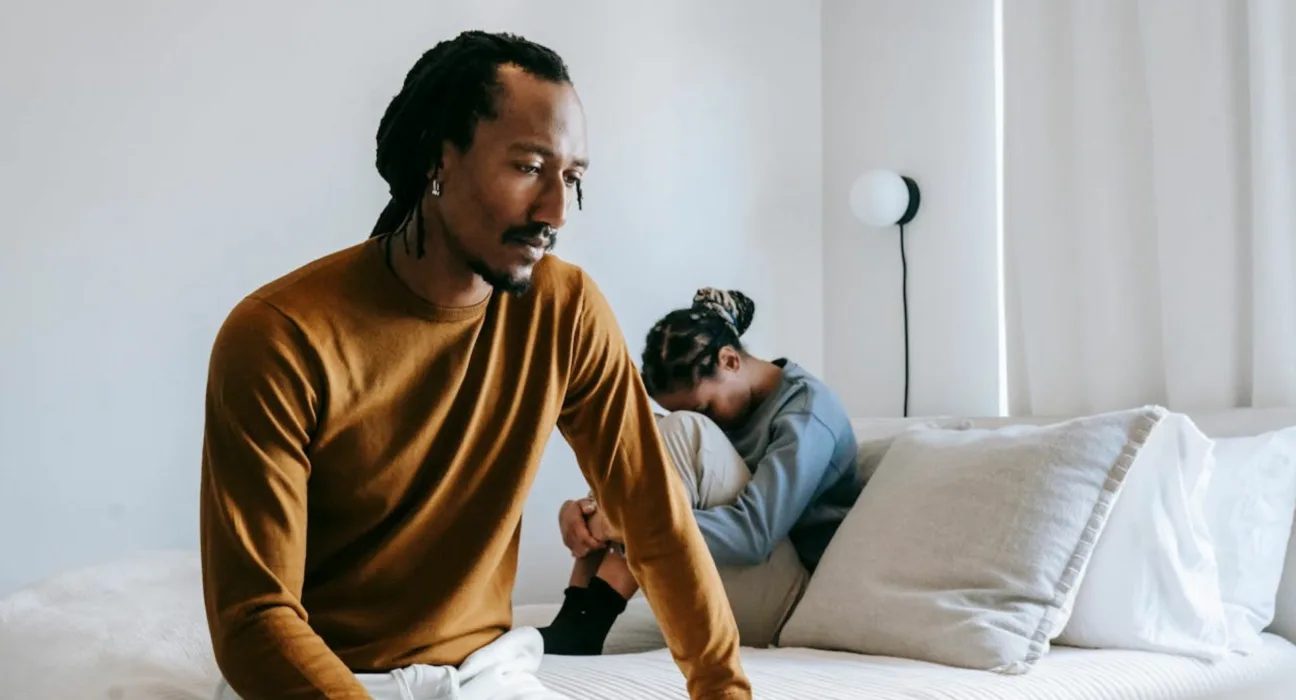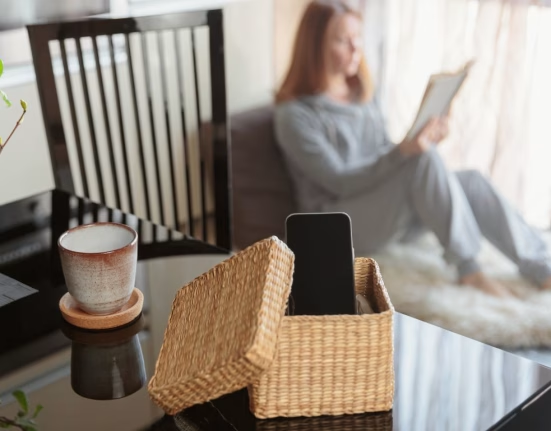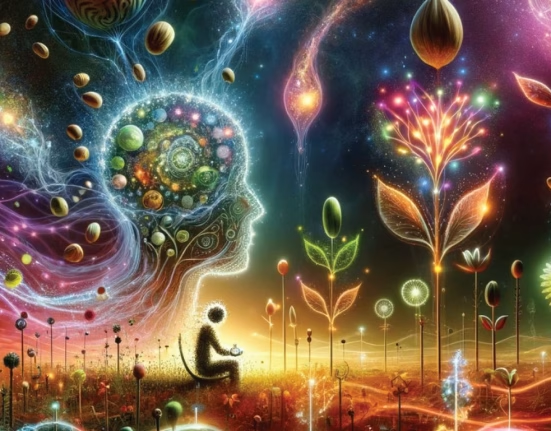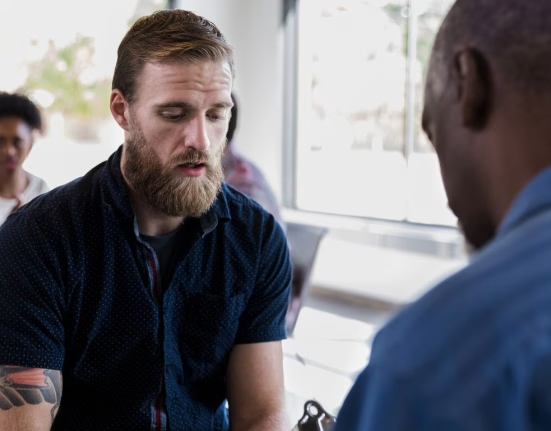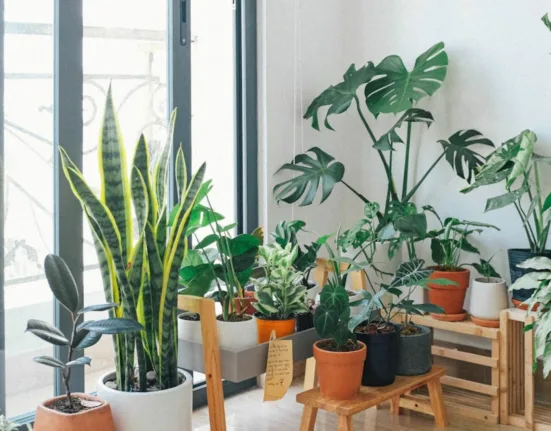Learn how to heal an anxious attachment style through self-awareness, emotional regulation, and practical steps for lasting change.
An anxious attachment style often begins in childhood, rooted in emotional inconsistency—where care may have been present at times, but unpredictable or conditional. As a result, a deep fear of abandonment forms, and individuals learn to prioritize others’ needs to feel secure. In adulthood, this translates into people-pleasing, emotional dependence, and a heightened sensitivity to perceived rejection or disconnection.
These patterns are not signs of weakness. They are deeply wired protective strategies—your nervous system is doing its best to keep you safe. But the good news is: that patterns can change. And healing is possible.
Steps to dealing with anxious attachment style
Step one: recognize the root of your anxious attachment style
Healing begins with awareness. Understand that your emotional reactions—like panic when someone doesn’t reply, or anxiety when you’re not reassured—aren’t irrational. They’re survival responses linked to earlier experiences where your safety may have depended on staying close to caregivers, even at the expense of your own needs.
Ask yourself: is my reaction based on the present, or is it echoing something from the past? This small distinction helps interrupt the automatic loop of fear.
More: Decisions made from fear vs. love
Step two: reconnect with yourself
People with an anxious attachment style are often so focused on external relationships that they lose touch with their inner world. Healing requires reversing that direction—turning inward and building a strong connection to yourself.
Start by asking: what do I feel? What do I need right now?
Not: what will make them stay?
Write daily affirmations like:
“I am safe. I can rely on myself to meet my needs.”
Over time, these statements reprogram your subconscious, especially when linked to real examples. For instance:
“I was overwhelmed last week, and I took a walk and calmed myself.”
More: How to focus your brain?
Step three: challenge the story in your mind
Many emotional spirals stem from internal narratives: “They don’t care,” or “I’m too much,” or “I’m going to be left.”
But are these stories true?
Pause and write them down. Then ask: can I know this is true?
Often, what we’re experiencing is a story shaped by past wounds—not the present moment. Begin replacing these assumptions with balanced perspectives.
More: Dr. Joe Dispenza: Unlock the mind’s healing potential
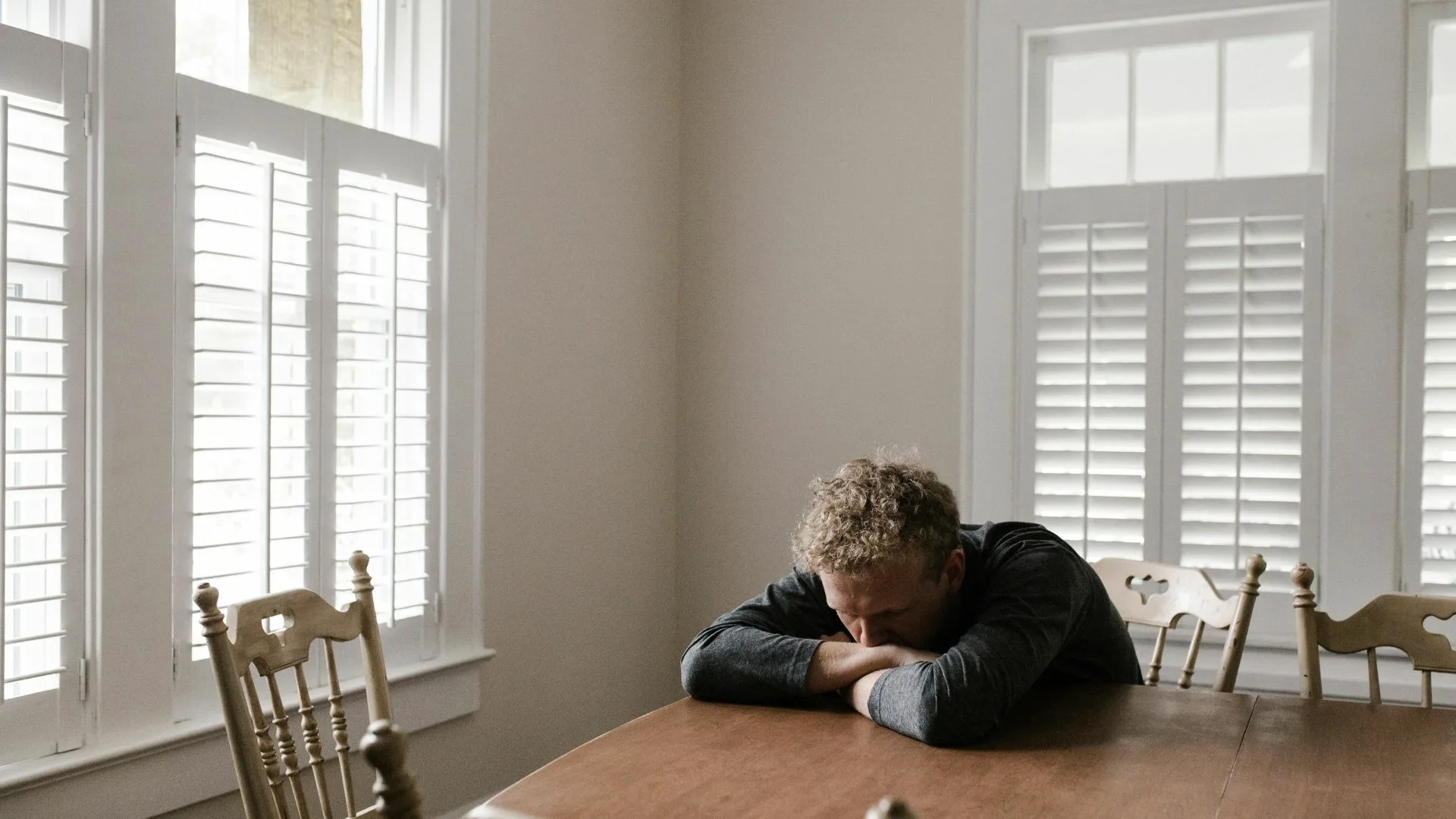

Step four: look for evidence of the opposite
Your mind believes what it’s repeatedly shown. So give it new material.
Think of moments where you were enough. Where someone did show up. When you handled something on your own. Each memory is proof that you can be self-sufficient, valued, and okay even when others aren’t available.
Document these wins. Read them back often. Over time, your nervous system will learn that safety doesn’t only exist in closeness—it can also live in self-trust.
More: Signs you might have a dismissive-avoidant attachment style
Step five: create a strategy when it gets hard dealing with anxious attachment style
Healing isn’t a straight line. Some days old patterns resurface. When that happens, don’t panic. Plan.
Create a list of go-to strategies:
- Take a mindful walk
- Journal what you’re feeling
- Call a friend (not for reassurance, but for connection)
- Focus on a project or creative outlet
Each time you shift from reaction to intention, you reinforce the belief that you are capable of navigating discomfort without losing yourself.
More: What is self-awareness? Why is this skill so important?
Anxious attachment style is about finding balance
Healing an anxious attachment style isn’t about becoming perfectly independent or never needing anyone. It’s about finding balance—being able to love and connect without abandoning yourself in the process.
When you learn to meet your own emotional needs, you’ll no longer rely on others to fill the gaps inside you. And from that place of grounded self-connection, you’ll attract healthier relationships because you’ll be coming from wholeness, not from fear.
Source: Thais Gibson







